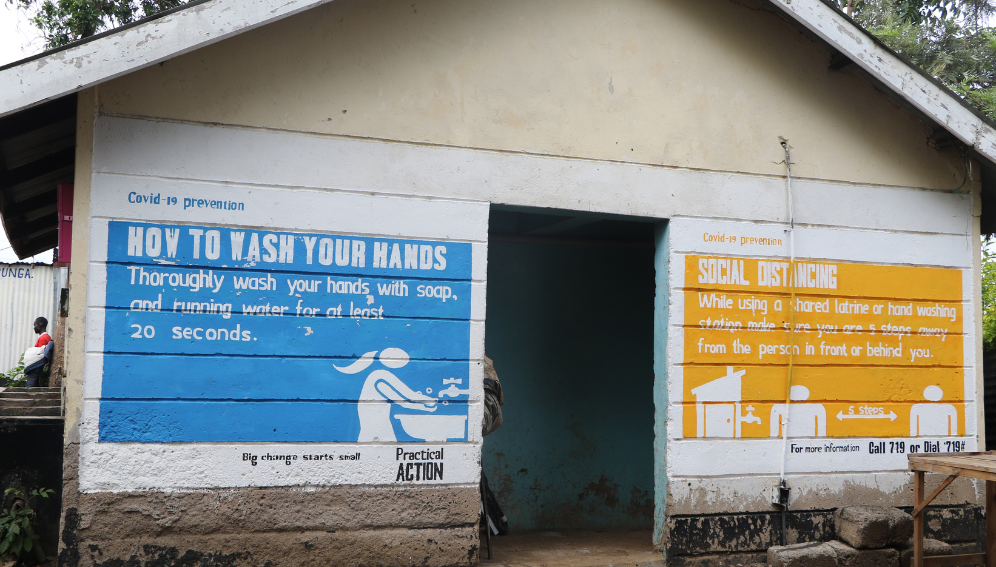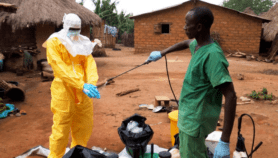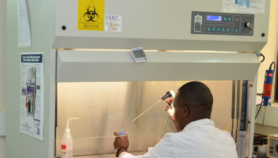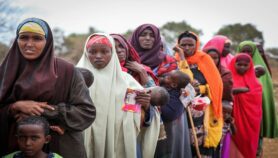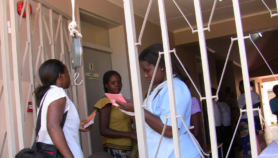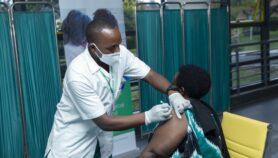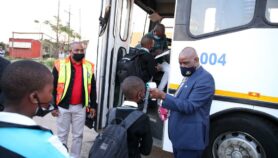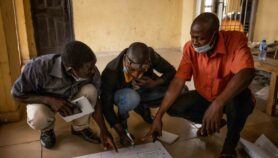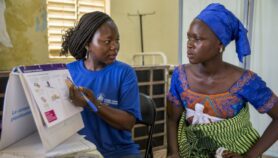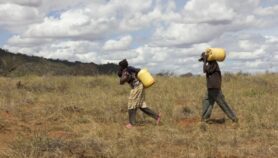By: Michelle Mbuthia
Send to a friend
The details you provide on this page will not be used to send unsolicited email, and will not be sold to a 3rd party. See privacy policy.
[NAIROBI] In 2017, a road accident left Anna Nzioka with two fractures in her right leg. After a series of operations and physiotherapy, she has slowly learned to walk again, although with the aid of a crutch.
Nzioka cannot walk long distances and requires frequent breaks even when taking short paces.
The single 40-year-old, who runs a small tailoring shop in Viwandani, one of the many informal settlements in Kenya’s capital city, Nairobi, where extreme poverty due to limited livelihood opportunities, was severely impacted by the COVID-19 pandemic as it became difficult for her to access healthcare services for her condition.
“When the pandemic struck and schools were closed, I was one of the first to lose my job,”
Tom Okwiri
According to Kenya’s 2019 national census, of the 918,270 people of at least five years old who lived with disability, 385,417 (almost 42 per cent) had mobility impairment.
“The hospital which I would go to is far [about 16.8 kilometres away]. I would first have to pass through the town centre then take a matatu [public service transport] which goes to Westlands to drop me at APDK [Association for the Physically Disabled of Kenya] where the hospital is located,” Nzioka told SciDev.Net.
She added: “It is not easy, and I would spend almost 350 [Kenya] shillings [about US$2.50] going there.”
COVID-19’s impacts on disabilities
In 2020, the government imposed a raft of measures to control the spread of the COVID-19 virus. Among these were a curfew and a temporary restriction of movement in and out of the county of Nairobi.
Many specialised clinics and lower-level health facilities were closed or converted into COVID-19 treatment centres as the government sought to shore up already stretched resources. This had a direct impact on access to health facilities and other basic amenities.
In the lead up to Kenya’s 2022 general elections, the quality and accessibility of healthcare was a key component of many political parties’ manifestos.
According to the Kenya National Bureau of Statistics, 53 per cent of the country’s 50 million live below US$1.90 a day or are poor as defined by the World Bank’s poverty indicator, meaning each day is a struggle harder than the last.
In Nigeria, as many as four out of every ten people lived below the poverty line as of 2022. The country’s total population currently stands at 223 million, with 25 million living with a disability.
When the first cases of the COVID-19 virus were confirmed in both countries, a raft of mitigation measures were implemented. Nigeria implemented a lockdown gradually in late March 2020, starting with states of Lagos, Ogun, and the Federal Capital Territory, before rolling it out to the other 36 states. In Kenya, the lockdown was gradual and initially covered hotspot areas.
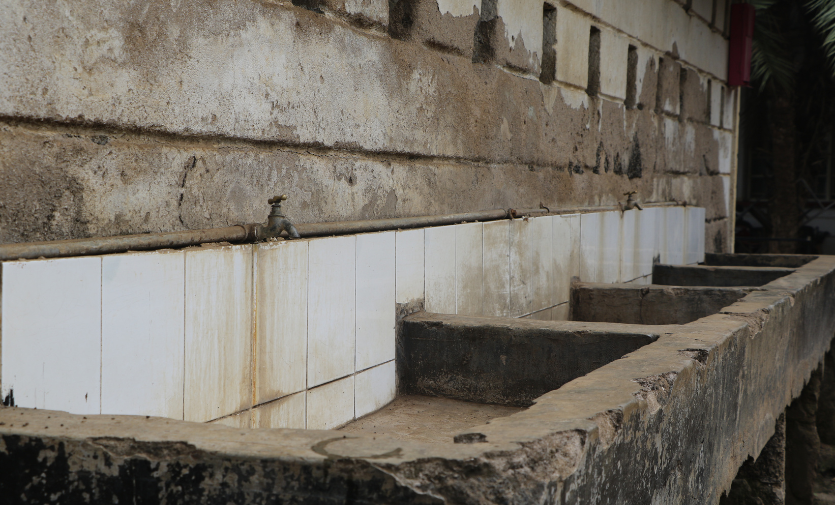


For many persons with disabilities, accessing handwashing facilities was not easy as said persons were not taking into consideration, pre and during the covid-19 pandemic. Picture by Michelle Mbuthia
These sweeping movement restrictions forced many establishments out of business. For many persons with disabilities in many countries across Africa, environmental barriers, stigma and limitations in education mean their main sources of income stem from trading. The pandemic therefore meant that their livelihoods were reduced or cut off altogether.
Tom Okwiri, a resident of the Korogocho slum in Kenya’s capital Nairobi knows this too well. The father of four was born with cerebral palsy, which affected the right side of his body and severely impeded his mobility. After completing his secondary education in 2001, his family was unable to finance his pursuit of further studies and he found work as an untrained teacher at a local low-cost private school, where he worked until he was let go in April 2020.
“When the pandemic struck and schools were closed, I was one of the first to lose my job. As if that was not enough, I contracted the virus twice. If it were not for the goodwill of friends, neighbours and a local chemist, I do not know where I would be today,” he told SciDev.Net.
Five years ago, Mercy Wanjiru gave birth to a bouncing baby boy. Three months later, he had his first seizure, a precursor for a severe cerebral palsy diagnosis two years later.
When the pandemic struck, Wanjiru, a casual labourer and a single mother of two, had to give up her daily visits to a garbage dumpsite in Nairobi where she would scavenge for resalable items. This meant that she could not afford the daily anti-seizure medication that her son needs. His weekly physiotherapy sessions were also put on hold indefinitely as part of pandemic response measures and later on, due to her inability to pay for the cost.
“The government needs to try and bring these [healthcare] services closer to us [in the slums],”
Mercy Wanjiru
“During the pandemic, many health facilities became inaccessible and those that were still operational served greater numbers of people,” Wanjiru explained. “This meant that there were often long queues of people, making it difficult to get treatment when needed, especially for those with mobility challenges or those who provide care.”
The UN’s Office of the High Commissioner for Human Rights says that persons with disabilities are less likely than others to be employed and often when they are, it is more likely in the informal sector. Also, COVID-19 measures may have indirectly affected persons with disabilities by preventing breadwinners from working, negatively impacting incomes at the household level.
“When COVID-19 came, the city [Lagos] was put under lockdown. I used to make money during the night market near my home but after that I couldn’t. Life became difficult for me and my children and we often had to beg the neighbours for a bit of food. It wasn’t easy because they weren’t making money as well,” said Rafiat Adebajo, a food vendor based in Lagos.
Limited transport and food supplies flowing into the city also affected her business. As a person with mobility challenges living in a poorer part of the city, life as a widow and a mother of four became unbearable and she moved back to her home village as soon as the lockdowns were eased.
For a group that is often marginalised, the pandemic control measures were bound to disenfranchise slum residents even more, and at a very critical time.
Generating evidence for interventions
As part of Kenya-based African Population and Health Research Center (APHRC) project on improving health in slums, a three-week series of telephone interviews was conducted with residents, local healthcare providers, religious leaders and key decision-makers in two of Nairobi´s slums.
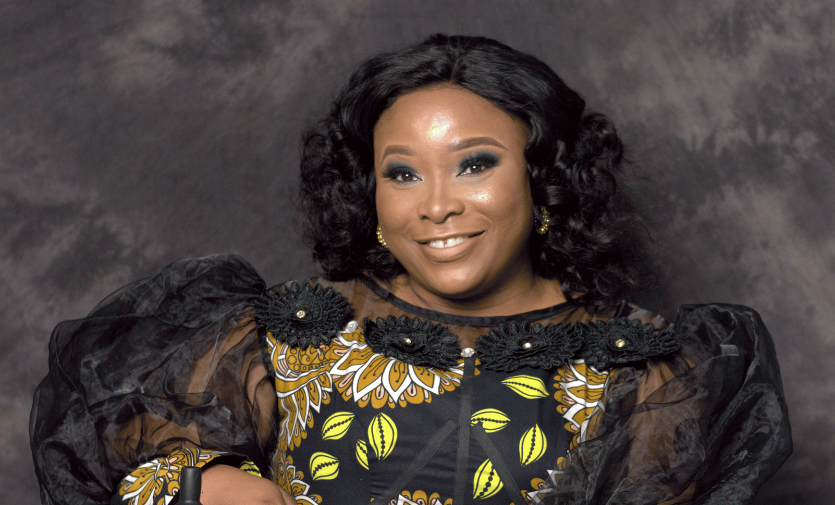


Andrew-Essien calls for equitable implementation of relief efforts, to include those in rural and far-flung places to prevent further exclusion. Picture by Andrew-Essien.
This was part of a larger study conducted in Bangladesh, Kenya, Nigeria and Pakistan covering 1,000 households in each country study-site from 2017 to 2021. The main aim of the study was to explore the overall practices and impact of the COVID-19 mitigation measures on the lives of the urban poor in seven informal settlements across the four study-countries.
The common sentiment from all the communities surveyed was that residents were severely affected by the mitigation measures against COVID-19, owing to the reduced accessibility and availability of healthcare services and increase in cost of drugs.
“The study was informed by the need to generate evidence on healthcare provision and utilisation in urban slums. This study aimed to enable the designing of a more inclusive health system that considers the uniqueness of populations in slum contexts,” said Peter Kibe, a researcher at the APHRC and a member of the study team.
Part of the investigations sought to understand how the pandemic affected healthcare-seeking among disabled people living in these areas. Disabled people often face disparities in access to healthcare due to attitudinal, environmental and institutional barriers. The pandemic and the subsequent response measures intensified these challenges further.
Poor Communication
In many countries across the continent, little consideration is given to persons with disabilities, especially those who cannot use conventional means of communication. This became more profound during the pandemic as many found themselves unable to receive official communication on the mitigation measures that were being rolled out by the respective governments.
According to Ndifreke Andrew-Essien, founder of the FAECARE Foundation based in Nigeria, one of the biggest challenges some of their beneficiaries encountered was lack of information.
“A lot of the messages that the government put out were often inaccessible to those we work with because they were mostly in print or audio-visual. This meant that some information was constantly out of reach for those with visual or hearing challenges,” she said. “As an organisation, we then had to tailor the messaging further to make it friendly and applicable to those living with these kinds of disabilities.”
A call for action
Considering some of the challenges highlighted, governments are being called upon to be more inclusive, borrowing lessons from the pandemic for health systems reform.
“As the only adult in my home, it was very hard to care for both children, but especially my son. The hospital he attends is far but then again, I can’t afford it. The government needs to try and bring these [healthcare] services closer to us [in the slums],” Wanjiru said.
Another suggestion would be to increase the capacity of community health workers to provide critical support services such as making home visits, delivering health promotion messages, and treating common diseases.
Andrew-Essien calls for equitable implementation of relief efforts, to include those in rural and far-flung places to prevent further exclusion.


